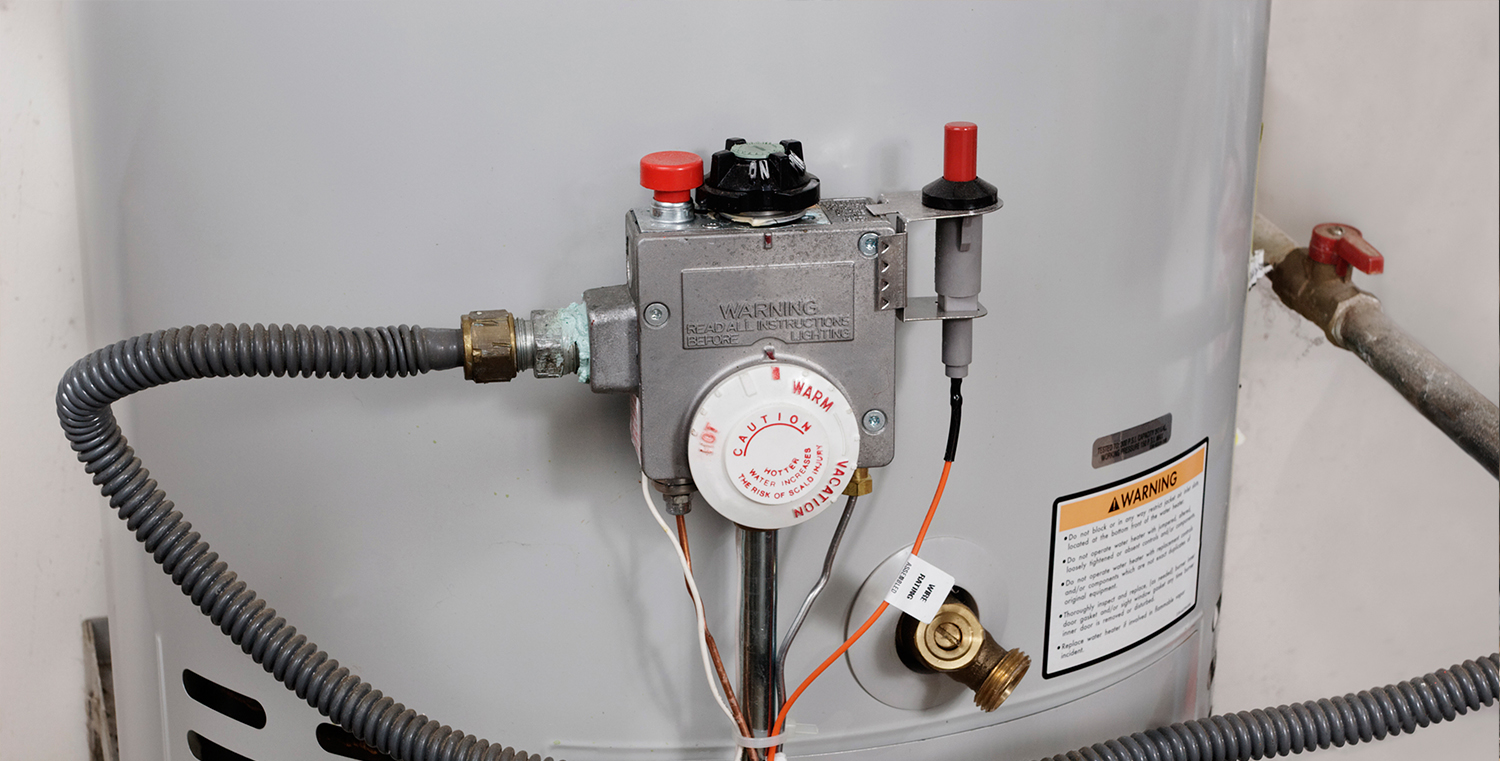Water heaters are a crucial part of every household. They give you warm and hot water whenever you want.. But what happens if something goes awry you need a replacement? Keep reading to learn everything you need to know about water heater replacement.
How Long do Water Heaters Last?
Traditional water heaters with tanks should last up to 8-12 years and tankless water heaters can last over 20 years. Manufacturers generally suggest a water heater replacement every 12 years for traditional heaters and every 20 years for tankless water heaters.
However, these estimations are not guaranteed. Water heaters may last a little longer than the recommended time or they might also stop working long before the average. That’s why it’s crucial for you to look for signs that your water heater needs to a replacement.
Signs Indicating that It’s Time for a Water Heater Replacement
Even the best brand of water heaters cannot guarantee lifetime usage. You will need to replace the heater at some point. Should you, however, blindly follow the recommendation of the brand? Absolutely not.
Usually, when it’s time to replace a water heater, it’s going to show a few signs. Here are a few warning signs:
- Rust
- Noise
- Leak
- Slow/no heating
Let’s check out each of these symptoms individually.
a) Rust
The tanks in water heaters can develop rust. This rust can develop from the water heater itself or come from inlet pipes. Corrosion can start to spread on the steel surface and eat through the metal. Rust can appear in water flowing from faucets, as well as on the pipes, inlets, and pressure valves.
b) Noise
A sure sign that your water heater is on the verge of a breakdown is if it makes rumbling noises. These noises usually start if there is sedimentary buildup at the bottom of the tank. It can wear down the heater, and the device might be very close to cracking. A noisy water heater might also start leaking.
c) Leak
Leaks in the tank are usually the result of expansion and crack in the metal. They may also result from problems with the fittings, connections, or overflow pipes. You must not ignore leaks and fix the problem immediately. Otherwise, leakage can soak and ruin belongings or even lead to mold when the walls absorb the water.
d) Slow/No Heating
You may notice that even after switching on the heater, the water is not hot enough – or just plain cold. It’s also possible that the hot water is running out too quickly. This might result from a small tank that’s not large enough to handle the hot water needs in your house. A malfunctioning thermostat or broken heating element might also be behind this issue.
It is possible that minor problems are causing these problems. Talking to a pro will help make any small adjustments and fix your heating issues. However, if there are irreversible damages, you’ll have to replace the water heating device and install a new one.
Time Required for Water Heater Replacement
Do you want to replace your old water heater with a new one? The heater may show signs that it’s not working correctly, or it might have already broken down. Either way, there’s no time to waste. It’s best to contact a pro to replace a heater immediately.
A certified plumber will succeed in removing the old heater and installing the new one within a maximum of 3 hours. However, the time may extend if there are unforeseen complications in the removal and installation processes. Here’s a quick breakdown of the time that each step should ideally take –
- Removing the old water heater – 45-60 min
- Preparing and placing the new water heater – 30 min
- Setting up the system connection – 45-60 min
Do you know your way around plumbing and electrical systems? Then you might be able to handle it yourself. However, it might take longer. When it comes to a water heater, you cannot take that risk. Instead, you can rely on a reputed and licensed plumber for the fastest water heater replacement, like our professionals at Burton.
DIY Water Heater Replacement
We recommend hiring a professional plumber with your water heater replacement. However, if you’d like to go at it alone, we have some helpful tips.
There are two steps to replacing a water heater: removing the old device and installing the new one.
a) Removal of the Old Water Heater
Safety is the primary concern while removing the water heater. For that, you must take the following steps:
- Start by turning off the power source. If it’s a gas heater, turn off the valve.
- Next, disconnect all power supply lines.
- Turn on the faucets to drain out all the hot water.
- Using a garden hose, drain the tank entirely.
- Cut the line of the pipes or unscrew the connector hoses.
- Be careful about the weight of the heater and remove it.
b) Installation of the New Water Heater
Now that you have removed the old water heater, it’s time to install the new one. For that, you’ll have to prep the machine first and place it properly.
- Start by taking the new heater out of the box.
- Maneuver it to its proper position.
- Next, connect the heater to the pipes and add the necessary connector hoses.
- Keeping the hot water faucets on, turn the water supply on.
- Let the water flow out of the faucets for a minute and turn them all off.
- Connect all wires and turn the power supply on.
- Wait for a while and let the water heat up.
How to Get Rid of an Old Water Heater
When you buy a new water heater, the company will likely help transport the old machine away if you opt for an exchange offer. A plumbing company might also help you by hauling the device out. They might charge some extra fees for it. You can also contact a recycling center that will safely dispose of the water heater for you.
Final Words
It is best to get the help of professionals for a water heater replacement. They will be able to guide you about the essential maintenance of your machine. You can also learn to make simple adjustments and follow routine upkeep to maximize its life.







